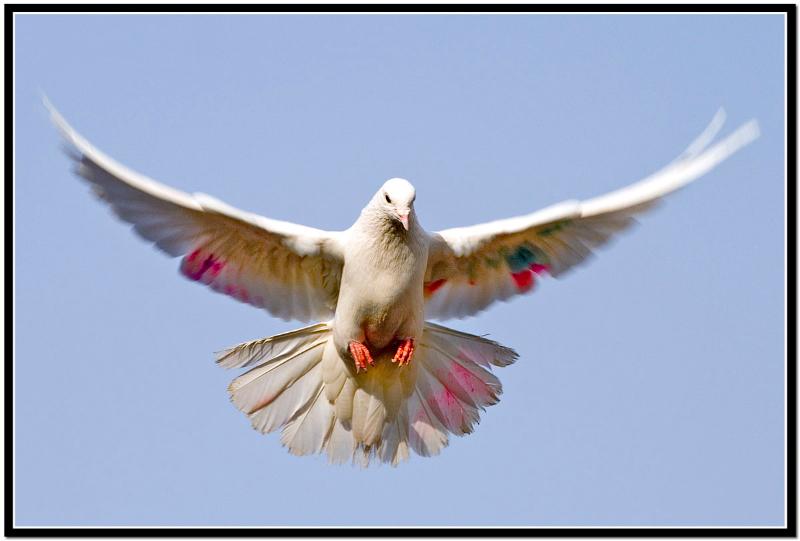Dear Integral Meditators,
I hope you are enjoying the run up to the Easter weekend, I’m currently in the process of planning the classes and workshops for the last couple of weeks in April, which will be about developing an integral perspective on meditation as a practice for physical, mental and spiritual healing, I should have the details ready by next week…
In the meantime this weeks article focuses on a simple method for developing compassion by deriving it directly from our own experience of suffering, I hope you enjoy it!
Yours in the spirit of the compassionate heart,
Toby

Building Your Compassion and Reducing Your Own Suffering, Everyday
There is a saying that I think comes from the Christian contemplative tradition that goes something like “suffering is the first grace”. One of the things meant by this is that oftentimes it is our suffering that compels us to look deeper into our life for answers. Our pain encourages us to get onto some kind of spiritual, creative or developmental path. If we had not had that pain, we would never get off our developmental ass and would simply remain living a predominantly unconscious life of habit and conformity.
The other opportunity that our suffering gives us is to develop empathy and compassion for those around us who have similar sufferings. Our own specific sufferings can thus act as windows of compassion and care for others if we use them in an appropriate way.
The usual pattern of suffering and pain
Usually our suffering and pain causes us to focus on ourself and shut others out. For example if we are feeling tired and overwhelmed, the instinct can be to cut ourself off from people, and dwell upon our own misery. This is understandable, but very often the very act of shutting ourselves into our own small world further magnifies the pain and makes it even more difficult to deal with and get out of, thus locking us in a cycle or pattern of suffering; suffering leads to a small world intensely focused on ourself, which in turn leads to more suffering and so forth…
Reversing this pattern
Whenever we are suffering for whatever reason, we can take at least a little time in our day to reflect on how our pain actually gives us a lot of common ground with others experiencing the same pain, and deliberately extend a mind of care and compassion toward these people. This expands our mind, makes us less self focused, and as a result of this bigger mind and less intense focus on self we in turn experience our own suffering less intensely. So, we create a win-win pattern.
For example; rather than causing our own broken heart to cause us to descend into a microcosm of self-oriented misery, instead we use our relational pain to develop empathy with and compassion for others in difficult relationship circumstances, thus reducing our own pain as well as cultivating a kinder heart/bigger mind within ourself.
Compassionate intention helps
Even regularly introducing a compassionate intention to your mind like this for short periods of time will start changing what you do and how you experience the world. As well as reducing your pain, you may find that your compassionate intention actually starts to change your actions in a tangible way for the better.
One Minute Mindfulness
For those that wise to work with this practice over the week:
- Take a period of 1-3 minutes
- Bring to mind an experience of suffering or pain that you personally are going through
- Reflect on all the other people in the world (both those you know and those you don’t personally know) who are experiencing similar suffering right now. Allow yourself to empathize with them, and gently develop the thought or wish that they find answers and relief from their pain. Focus on this compassionate intention for a short while.
- Allow this compassionate intention to inform the rest of your daily activities.
© Toby Ouvry 2013, you are welcome to use or share this article, but please cite Toby as the source and include reference to his website www.tobyouvry.com




 Four Types of Mindful Coaching Conversation
Four Types of Mindful Coaching Conversation




 Spiritual Fear, Spiritual Courage
Spiritual Fear, Spiritual Courage